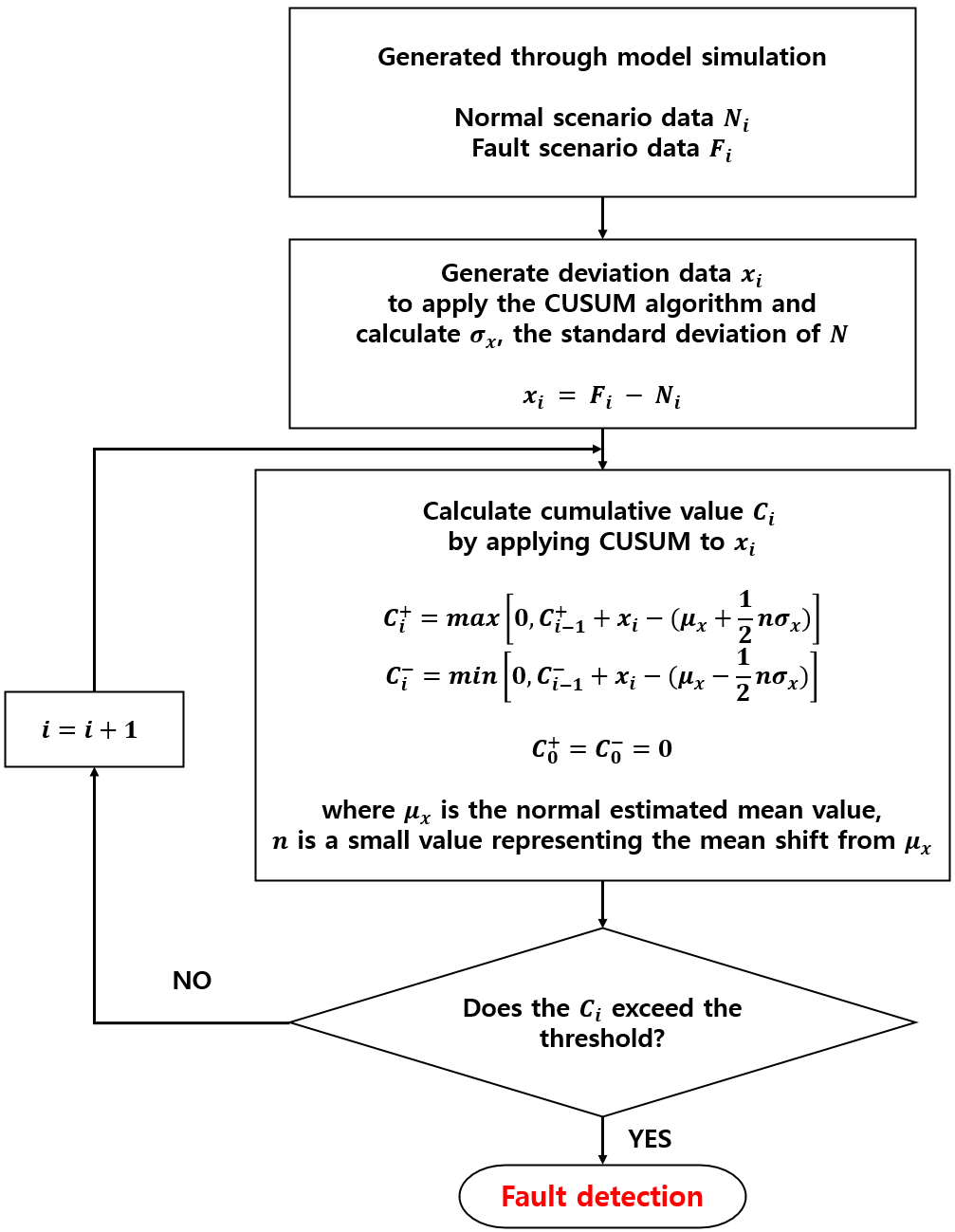2024 AIChE Annual Meeting
(373d) Development of Model-Based Fault Detection Algorithm for Liquid Hydrogen Refueling System
Gaseous hydrogen refueling stations are constrained by the need for large site areas and the limitation of transporting relatively small quantities per trailer. Conversely, liquid hydrogen has a small volume of about 1/800 gaseous hydrogen, making it suitable for large-capacity transportation and storage. Moreover, liquid hydrogen offers enhanced safety benefits as it can be stored at lower pressures compared to gaseous hydrogen [1][2][3]. Since liquid hydrogen is a cryogenic fluid of approximately -253℃, heat inflow from the outside is inevitable due to the difference between the tank and the surrounding temperature, even if the storage tank is well insulated. Accordingly, a boil-off phenomenon occurs in the storage tank in which liquid hydrogen is vaporized by heat from outside. This vaporized gaseous hydrogen is called boil-off gas (BOG).
The liquid hydrogen refueling system comprises a liquid hydrogen storage tank, a two-stage cryogenic pump, a cold capture heat exchanger (CCHE) that includes multiple heat exchangers (vaporizers), a gaseous hydrogen buffer tank, and a vehicle refueling dispenser. Liquid hydrogen is transferred from the tank lorry to the storage tank. Utilizing the top-fill method, liquid hydrogen at -253°C and 2.5 bar is filled into the liquid hydrogen storage tank. The top-fill method reduces pressure by cooling and condensing gases in the tank [4]. The storage tank has a BOG vent flow for releasing BOG, a flow for transferring liquid hydrogen to the cryogenic pump, and a vapor return flow for stable pressure management within the tank. At 120 kg/hr, liquid hydrogen flows through a two-stage cryogenic pump, where it is pressurized to 860 bar. Subsequently, it is heated and vaporized through a heat exchanger, proceeds to a gaseous hydrogen storage tank, and is finally charged into a vehicle at -40°C and 700 bar.
Due to BOG generation, the tank pressure increases. In addition, abnormal situations such as overpressure and high temperature can occur. Hydrogen is highly flammable and can easily explode when mixed with air [5][6][7]; thus, it is essential to develop an algorithm that can detect abnormalities that may occur during operation.
We first developed a dynamic simulation model for a liquid hydrogen refueling station and proposed a model-based fault detection algorithm. The Aspen HYSYS dynamic model calculates normal state values under various operating conditions and generates abnormal scenario data. The model includes the entire process, from filling liquid hydrogen into a storage tank to producing gaseous hydrogen that can be charged to a vehicle via a storage tank-pump-vaporizer-dispenser system. Notably, the simulation reliability was enhanced by tuning the heat transfer coefficient corresponding to the normal evaporation rate (NER) of 0.9%. NER is a key indicator of the insulation properties of cryogenic storage tanks [8][9]. We performed an NER test simulation and tuned the heat transfer coefficient parameter of the tank to reflect the NER 0.9%/day specification of the cryogenic storage tank. In particular, a storage tank with a capacity of 4,000 kg and 90% filling space is simulated.
Using this dynamic model, we created various abnormal scenarios that can occur in the liquefied hydrogen charging system. We analyzed how the process changes when an abnormal situation occurs in each scenario. The 10 abnormality scenarios were selected by referring to the Hazard and Operability (HAZOP) study results regarding the target system. The abnormal scenarios we created are as follows: Tank lorry pressure buildup (PB) failure(operator misoperation), Tank lorry PB line overrun, Storage tank vent line malfunction, Fire occurring outside, Supply LH2 to the bottom line rather than the top line, Closed return line valve, Pipe line partial blockage due to impurities, at the bottom of the feed pump, Feed pump overrun, Insufficient amount of LH2(9-10%), High pressure pump overrun.
Finally, as shown in figure, we proposed a fault detection algorithm through the cumulative summation (CUSUM) method, which uses the deviation between model-predicted values in normal conditions and observed abnormal data. The threshold values for the CUSUM were set using the risk level information analyzed in HAZOP to enable more sensitive detection of severe abnormalities.
When applying the proposed algorithm, all abnormalities for 10 scenarios were detected within an average of 20 minutes. Excluding the mild abnormal scenarios 7 and 8, detection took an average of 5.12 minutes.
Acknowledgments
This work is supported by the Korea Institute of Energy Technology Evaluation and Planning (KETEP), granted financial resource from the Ministry of Trade, Industry and Energy (No. 20227310100010)
References
[1] T., Mayer, et al. "Techno-economic evaluation of hydrogen refueling stations with liquid or gaseous stored hydrogen." International Journal of Hydrogen Energy 44(47) (2019): 25809-25833.
[2] A. Bauer, et al. "Energetic evaluation of hydrogen refueling stations with liquid or gaseous stored hydrogen." International Journal of Hydrogen Energy 44(13) (2019): 6795-6812.
[3] A. Muhammad. "Liquid hydrogen: A review on liquefaction, storage, transportation, and safety." Energies 14(18) (2021): 5917.
[4] M. E. Moran, T. W. Nyland, and S. L. Driscoll. Hydrogen no-vent fill testing in a 1.2 cubic foot (34 liter) tank. No. E-6596. 1991.
[5] W. Yuan, et al. "Numerical investigation of the leakage and explosion scenarios in China's first liquid hydrogen refueling station." International Journal of Hydrogen Energy 47.43 (2022): 18786-18798.Muthukumar, M., et al. "The development of fuel cell electric vehicles–A review." Materials Today: Proceedings 45 (2021): 1181-1187.
[6] V. Molkov, "Fundamentals of hydrogen safety engineering II." Ventus Pub. ApS (2012).
[7] H. D. Ng, and J. H.S. Lee. "Comments on explosion problems for hydrogen safety." Journal of Loss Prevention in the Process Industries 21(2) (2008): 136-146.
[8] D. Berstad, et al. "Liquid hydrogen as prospective energy carrier: A brief review and discussion of underlying assumptions applied in value chain analysis." Renewable and Sustainable Energy Reviews 154 (2022): 111772.
[9] H. Wang, et al. "Thermal models for self-pressurization prediction of liquid hydrogen tanks: Formulation, validation, assessment, and prospects." Fuel 365 (2024): 131247.
